Dangers of using Socket Covers

The Department of Health has issued an alert notice to warn of the dangers of using socket inserts (socket covers / protectors). The alert notice requires all socket covers in use within the Department of Health facilities and estates to be withdraw and disposed of.
The dangers of using these socket covers has been highlighted by the Fatally Flawed campaign. Their website has a wealth of information on socket covers.
The IET (Institute of Engineering and Technology) also has an article on socket covers.
To summarise the main issues with socket covers:
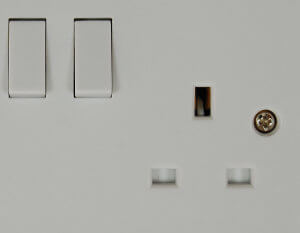
UK socket outlets are already designed to be safe. All socket outlets are required to incorporate shutters covering the live contacts. The protective shutters are only opened when the earth pin is inserted into the socket.
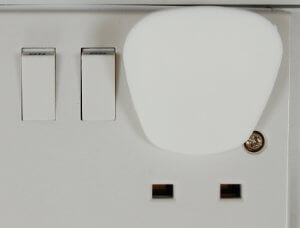
Socket covers make the socket less safe. Tests have shown that children can easily remove socket covers. They can then be used to override the built-in protection of the socket, exposing the live contacts.
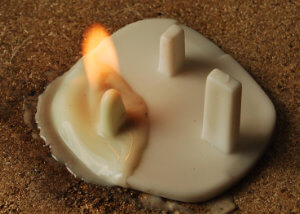
Socket covers do not conform to any product standards. Plugs and sockets must meet British Standards and be certified by an approval organisation such as the BSI, ASTA or Nemko. An important part of the standard is that they are made from self-extinguishing plastic. Socket covers are usually made from cheap ABS plastic with no fire-retardant properties.
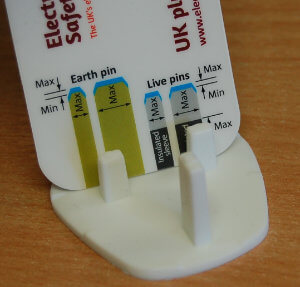
Socket covers risk damaging the socket. The only thing that should be inserted into a socket is a 13A plug. Socket covers that do not meet the correct pin dimensions can potentially damage the socket.
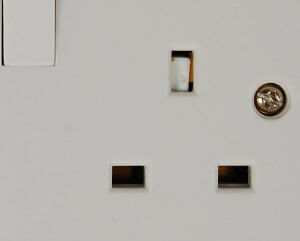
The plastic pins often break and become suck in the socket. This prevents the built-in shutters from working and exposes the live contacts. It also creates a potential hazard to persons attempting to remove the obstruction.
Socket Cover Alternatives
If the built-in protection of a standard socket is not sufficient for a particular application, there are alternative methods to provide additional protection.
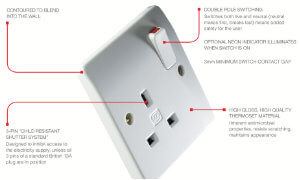
Enhanced Shutter Protection
Sockets are available with an enhanced shutter mechanism. This requires the insertion of all three pins, rather than just the earth pin, to release the shutters. This makes the socket extremely resistant to tampering. MK sockets feature a 3-pin operated “child resistant shutter system” Available on Amazon here. Simalarly, Hager 13A sockets feature a Unique patented 3 part safety shutter. Available on Amazon here.

Key Operated Sockets
Sockets with an in-built key switch are also available. The key switch turns the power off to the live terminals. They are primarily designed to prevent unauthorised use in public areas, but they can also be used to provide additional protection where tampering is likely to occur.
Inspection and Testing
The electrical installation, including socket outlets, should be regularly checked to ensure they are safe. This is known as 'periodic inspection and testing' and is a requirement for all businesses and rental properties in the UK. Electrical equipment connected to the socket should also be inspected and tested in a process that is usually referred to as PAT testing. PAT testing doesn't necessarily need to be carried out by an electrician and can be carried out by a suitably trained person in-house. We offer a range of PAT courses to provide this training and help businesses and individuals ensure electrical safety in their workplace or home.